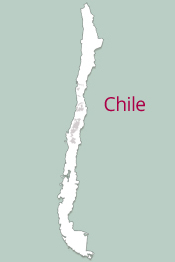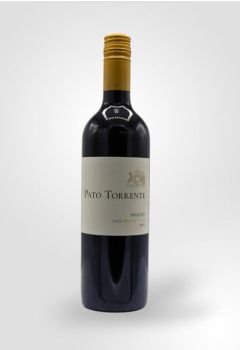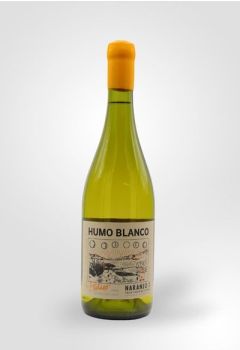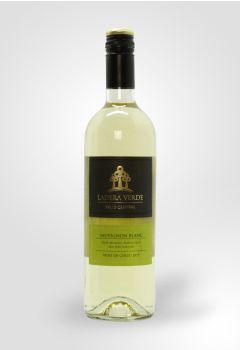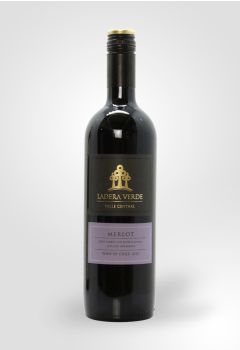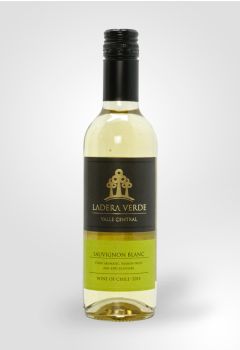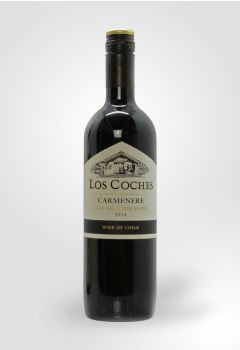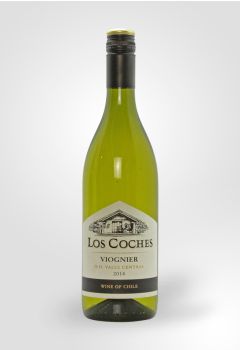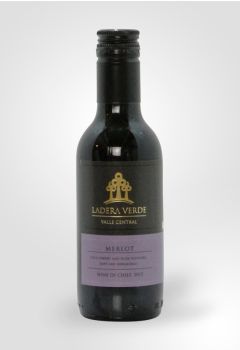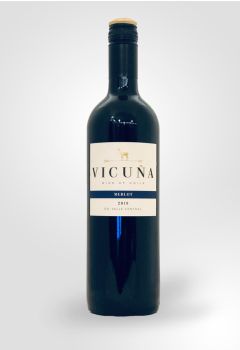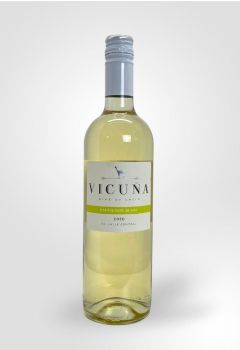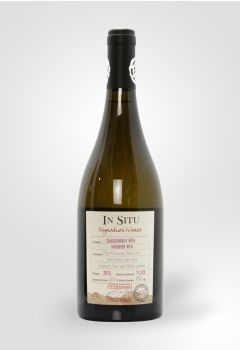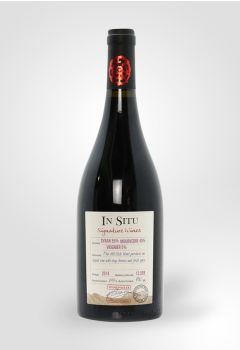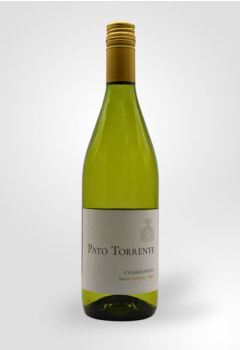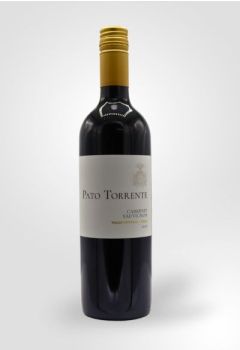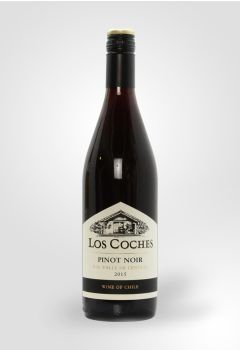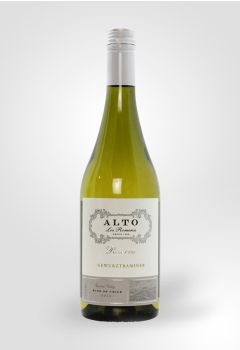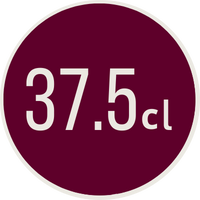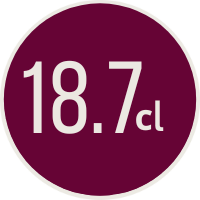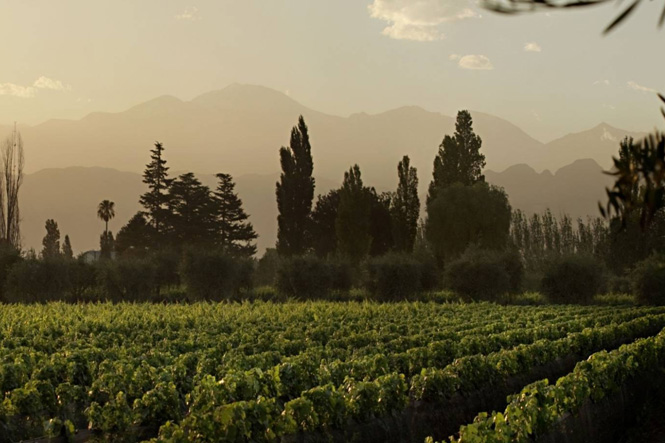
-
- Origin
- Chile
- Central Valley
Aromas of black plum, blackberry, blueberry and maraschino cherry characterize this wine. The palate is fruity, with juicy and soft tannins. Read More- Origin
- Chile
- Central Valley
Aromas of black plum, blackberry, blueberry and maraschino cherry characterize this wine. The palate is fruity, with juicy and soft tannins. Read More -
- Origin
- Chile
- Central
- Colchagua Valley
Fruity notes reminiscent of quince, pear and apricot as well as an intense presence of mandarin and orange zest nuanced with aromas of beeswax and a p... Read More- Origin
- Chile
- Central
- Colchagua Valley
Fruity notes reminiscent of quince, pear and apricot as well as an intense presence of mandarin and orange zest nuanced with aromas of beeswax and a p... Read More -
- Origin
- Chile
- Central Valley
A deliciously crisp Sauvignon Blanc with the vibrant bouquet so typical of this grape variety. A brilliant find. Read More- Origin
- Chile
- Central Valley
A deliciously crisp Sauvignon Blanc with the vibrant bouquet so typical of this grape variety. A brilliant find. Read More -
- Origin
- Chile
- Central Valley
A stunning scented Merlot with a full and pleasing length and depth of flavour. Loads of plummy fruit flavours are well complimented by soft tannin an... Read More- Origin
- Chile
- Central Valley
A stunning scented Merlot with a full and pleasing length and depth of flavour. Loads of plummy fruit flavours are well complimented by soft tannin an... Read More -
- Origin
- Chile
- Central Valley
Packed with strawberry flavour, this is an excellent rosé from Chile and priced to suit all budgets, ideal for the summer BBQ season. Read More- Origin
- Chile
- Central Valley
Packed with strawberry flavour, this is an excellent rosé from Chile and priced to suit all budgets, ideal for the summer BBQ season. Read More -
- Origin
- Chile
- Central Valley
A deliciously crisp Sauvignon Blanc with the vibrant bouquet so typical of this grape variety. A brilliant find. Read More- Origin
- Chile
- Central Valley
A deliciously crisp Sauvignon Blanc with the vibrant bouquet so typical of this grape variety. A brilliant find. Read More -
- Origin
- Chile
- Central Valley
A wonderful ruby red colour with aromas of plums and cherries with subtle hints of spice, chocolate and coffee. Soft and well rounded on the palate wi... Read More- Origin
- Chile
- Central Valley
A wonderful ruby red colour with aromas of plums and cherries with subtle hints of spice, chocolate and coffee. Soft and well rounded on the palate wi... Read More -
- Origin
- Chile
- Central Valley
Soft, pale straw in colour; this wine has an intensely floral nose with hints of ripe peach. Full and rounded on the palate ending with a long honey-l... Read More- Origin
- Chile
- Central Valley
Soft, pale straw in colour; this wine has an intensely floral nose with hints of ripe peach. Full and rounded on the palate ending with a long honey-l... Read More -
- Origin
- Chile
- Central Valley
A deliciously crisp Sauvignon Blanc with the vibrant bouquet so typical of this grape variety. A brilliant find. Read More- Origin
- Chile
- Central Valley
A deliciously crisp Sauvignon Blanc with the vibrant bouquet so typical of this grape variety. A brilliant find. Read More -
- Origin
- Chile
- Central
- Colchagua Valley
Pale yellow green in colour with complex, fresh and fruity aromas. This wine displays notes of ripe exotic fruits with hints of apricots and pears. Ve... Read More- Origin
- Chile
- Central
- Colchagua Valley
Pale yellow green in colour with complex, fresh and fruity aromas. This wine displays notes of ripe exotic fruits with hints of apricots and pears. Ve... Read More -
- Origin
- Chile
- Central Valley
A stunning scented Merlot with a full and pleasing length and depth of flavour. Loads of plummy fruit flavour are well complimented by soft tannin and... Read More- Origin
- Chile
- Central Valley
A stunning scented Merlot with a full and pleasing length and depth of flavour. Loads of plummy fruit flavour are well complimented by soft tannin and... Read More -
- Origin
- Chile
- Northern Valley
- Aconcagua
Clean, fresh Chardonnay aromas of pineapple and pear with the dense body and floral touch of Viognier. Read More- Origin
- Chile
- Northern Valley
- Aconcagua
Clean, fresh Chardonnay aromas of pineapple and pear with the dense body and floral touch of Viognier. Read More -
- Origin
- Chile
- Northern Valley
- Aconcagua
A well rounded wine that balances spice with blueberry fruit character and firm tannin. The oak brings vanilla to the equation making for a deep and e... Read More- Origin
- Chile
- Northern Valley
- Aconcagua
A well rounded wine that balances spice with blueberry fruit character and firm tannin. The oak brings vanilla to the equation making for a deep and e... Read More -
- Origin
- Chile
- Central Valley
A pure unoaked Chardonnay from Chile. A medium-bodied wine with aromas of citrus fruit, caramel and hints of florality. Read More- Origin
- Chile
- Central Valley
A pure unoaked Chardonnay from Chile. A medium-bodied wine with aromas of citrus fruit, caramel and hints of florality. Read More -
- Origin
- Chile
- Central Valley
Full and round, this dry red wine has a strong, spicy character with generous flavours of cassis and red cherries on the palate. Read More- Origin
- Chile
- Central Valley
Full and round, this dry red wine has a strong, spicy character with generous flavours of cassis and red cherries on the palate. Read More -
- Origin
- Chile
- Central Valley
A light body disguises lovely cherry flavour in the mouth. American oak aging gives a subtle, underlying vanilla influence and depth of flavour. Great... Read More- Origin
- Chile
- Central Valley
A light body disguises lovely cherry flavour in the mouth. American oak aging gives a subtle, underlying vanilla influence and depth of flavour. Great... Read More -
- Origin
- Chile
- Central Valley
Characteristically floral and spicy, this wine is a perfect match for Asian food. The surrounding wild rosemary meadows of the Colchagua Valley enhanc... Read More- Origin
- Chile
- Central Valley
Characteristically floral and spicy, this wine is a perfect match for Asian food. The surrounding wild rosemary meadows of the Colchagua Valley enhanc... Read More
It also has its very own grape, the Carmenère, which is all but extinct in its native Bordeaux. The sky, it would seem, is the limit for the wines of Chile.
History
The Spanish may have imported the vine along with conquistadores, but it took the arrival of the French for wine to take off. Their culture was much in vogue in the Chile of the 19th century and French winemakers were encouraged to impart their ideas. This sowed the seeds of prosperity and, when the worldwide epidemic of phylloxera did not make it to Chile, everywhere was suddenly demanding its wine. However, politics ensured that this golden age was lost and it was not until the fall of Pinochet in 1989 that exports took another spectacular turn.
The Classification System
A system does exist, named the appellation contrôlée in deference to the influence of the French, that divides the wine country into region, sub-region and zone. As with elsewhere in the New World, it is delimited by geography rather than tradition and has little real significance to the consumer as yet. However, as the Colchagua Valley zone within the Rapel Valley sub-region of the Central Valley region begins to flourish, the signs are that one day the classification will carry some weight.
Climate and Conditions
Known for being exceptionally long and thin, only the middle third of Chile produces quality wine. Of more significance is its position between the Andes and the Pacific Ocean and the variations in altitude, temperature and rainfall this brings. The majority of wine regions are hot and dry in summer, harnessing snowmelt from the mountains to water their vines, but cooler climates are being explored with immediate results.
The Wines of Today
Chile continues to produce value for money, enjoyable wines that are the envy of the world. What they have started to do is add genuine quality and diversity to their range. Cabernet Sauvignon and Chardonnay remain at the core, but Viognier, Gewürztraminer and, most successfully, Pinot Noir are emerging. Carmenère, only identified as distinct from Merlot in 1994, has given the country a grape of its own. Most exciting of all, domestic consumption remains low and so most of this wine will keep coming our way.
